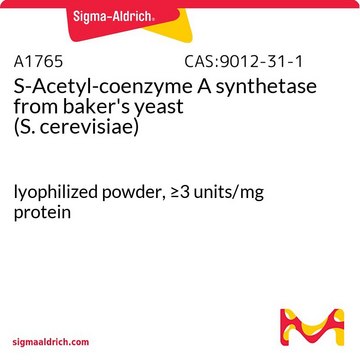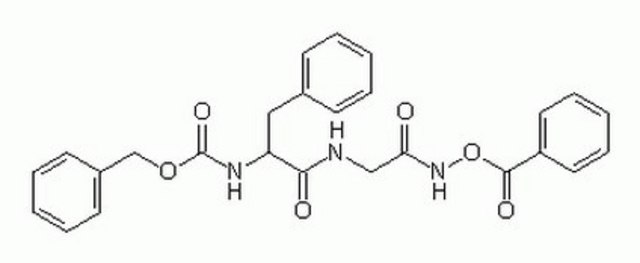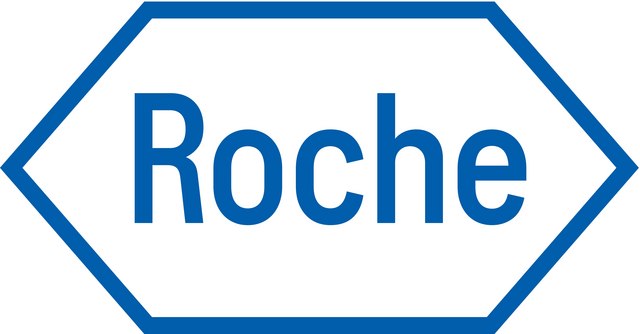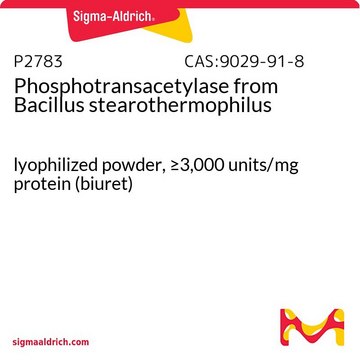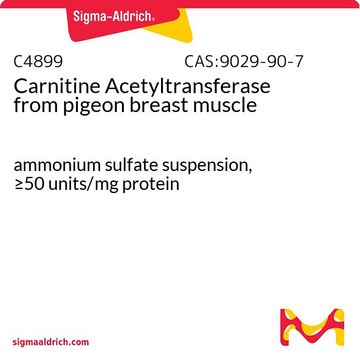Key Documents
Safety Information
P2783
Phosphotransacetylase from Bacillus stearothermophilus
lyophilized powder, ≥3,000 units/mg protein (biuret)
Synonym(s):
Acetyl-CoA:orthophosphate acetyltransferase, Phosphate acetyltransferase
Select a Size
¥6,583.90
Select a Size
About This Item
¥6,583.90
Recommended Products
form
lyophilized powder
specific activity
≥3,000 units/mg protein (biuret)
composition
Protein, ≥20%
shipped in
wet ice
storage temp.
−20°C
Looking for similar products? Visit Product Comparison Guide
1 of 4
This Item | C2900 | C4899 | C8413 |
|---|---|---|---|
| form lyophilized powder | form lyophilized powder | form ammonium sulfate suspension | form buffered aqueous glycerol solution |
| storage temp. −20°C | storage temp. −20°C | storage temp. 2-8°C | storage temp. −20°C |
| shipped in wet ice | shipped in dry ice | shipped in - | shipped in wet ice |
| Quality Level 200 | Quality Level 200 | Quality Level 200 | Quality Level - |
| composition Protein, ≥20% | composition - | composition - | composition - |
Application
Biochem/physiol Actions
Unit Definition
Physical form
Signal Word
Warning
Hazard Statements
Precautionary Statements
Hazard Classifications
Eye Irrit. 2 - Skin Irrit. 2 - STOT SE 3
Target Organs
Respiratory system
Storage Class Code
11 - Combustible Solids
WGK
WGK 3
Personal Protective Equipment
Regulatory Information
Choose from one of the most recent versions:
Certificates of Analysis (COA)
Don't see the Right Version?
If you require a particular version, you can look up a specific certificate by the Lot or Batch number.
Already Own This Product?
Find documentation for the products that you have recently purchased in the Document Library.
Articles
Enzyme Reagent Coenzyme A (CoA, CoASH or HSCoA) is the key cofactor in first step of the TCA cycle, responsible for transferring the acetyl group from pyruvate oxidation to oxaloacetate yielding citrate. Available through Sigma-Aldrich online.
Our team of scientists has experience in all areas of research including Life Science, Material Science, Chemical Synthesis, Chromatography, Analytical and many others.
Contact Technical Service

